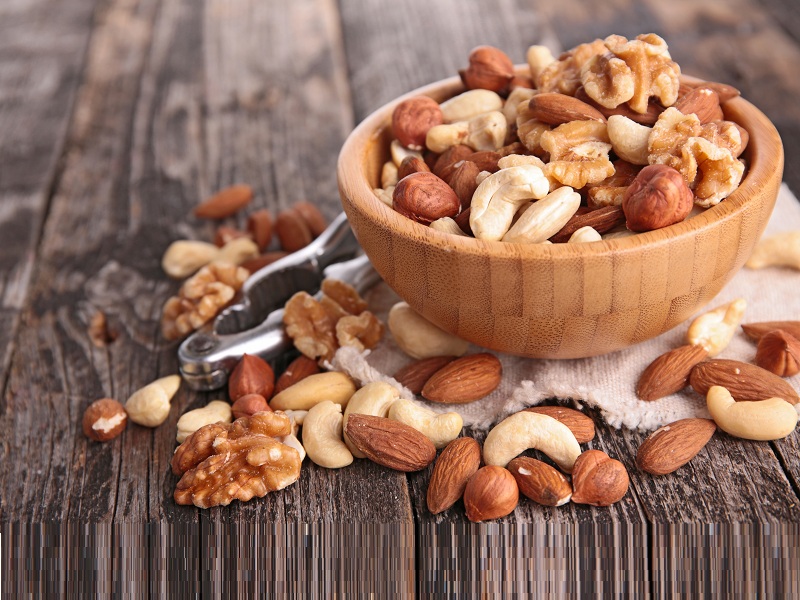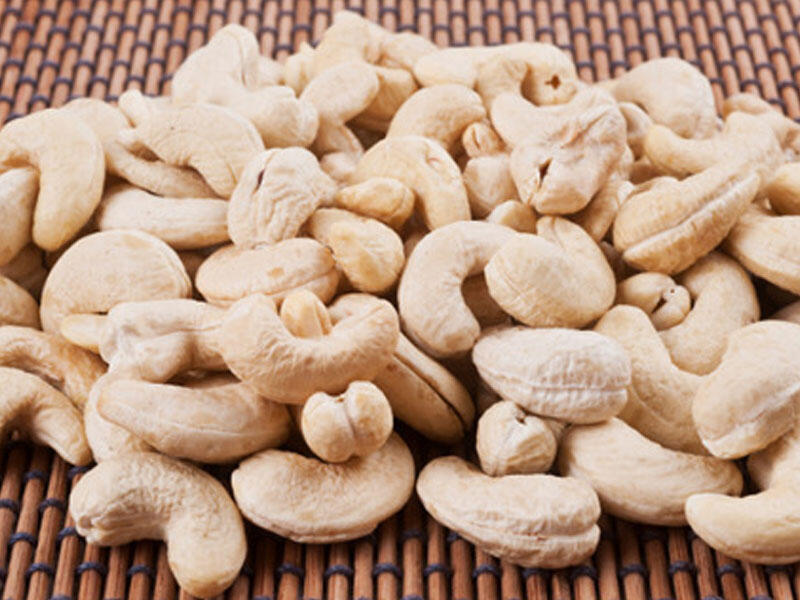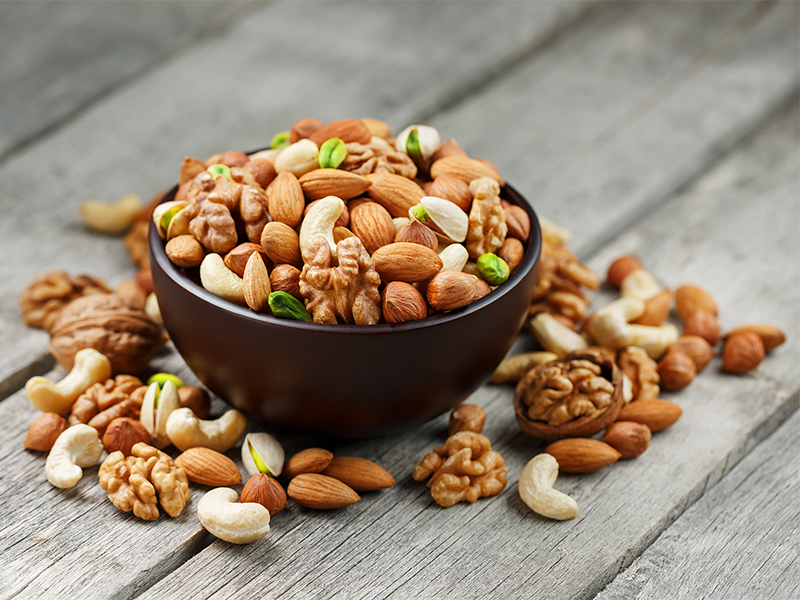The global cashew market has witnessed significant growth in recent years, driven by increasing demand from both developed and emerging economies. Cashews, often referred to as “nature’s vitamin pill,” are highly nutritious and offer a range of health benefits. This article provides a comprehensive summary of the cashew market, including key trends, challenges, and opportunities.
Market Size and Growth:
The global cashew market has experienced robust growth over the past decade. According to market research, the market was valued at approximately $7.2 billion in 2020 and is expected to reach $10.6 billion by 2027, with a compound annual growth rate (CAGR) of 5.6% from 2021 to 2027. The growth can be attributed to several factors, including increasing consumer awareness of the nutritional benefits of cashews, rising disposable incomes, and surging demand for convenient and healthy snacks.
Major Players and Production Regions:
Cashews are predominantly grown in tropical regions, with the top producing countries being Vietnam, India, Nigeria, Ivory Coast, and Brazil. These countries collectively account for a significant portion of global cashew production. India is the largest consumer and exporter of cashews, followed closely by Vietnam. Additionally, other countries like Tanzania, Mozambique, and Guinea-Bissau have been increasing their cashew production and exportation in recent years.
Key Market Drivers:
1. Health benefits and changing consumer preferences: Cashews are highly nutritious, providing a significant source of healthy fats, proteins, vitamins, and minerals. As consumers become more health-conscious, the demand for snacks offering nutritional value without compromising taste has increased, driving demand for cashew-based products.
2. Popularity of plant-based diets: With an increasing number of people adopting vegetarian and vegan diets, cashews have gained popularity as a substitute for animal-based products. Cashew milk, butter, and cheese alternatives are becoming more prevalent in the market.
3. Expansion of the processed food industry: Cashews find application in various food products, including confectionery, ready-to-eat snacks, and bakery goods. The growth of the processed food industry and the rising demand for convenient and packaged foods have fueled the demand for cashews.
4. Growing middle-class population and disposable incomes: Rising incomes in emerging economies have led to an increase in discretionary spending, including the consumption of premium and healthy food products like cashews.
Challenges and Constraints:
1. Supply chain inefficiencies: The cashew supply chain faces challenges related to production, processing, and distribution. Limited availability of quality seeds for cultivation, inadequate processing facilities, and inefficient logistics hamper the industry’s growth and result in higher prices for consumers.

2. Climate change and environmental concerns: Cashew farming is highly dependent on suitable climatic conditions, such as warm temperatures and adequate rainfall. Climate change poses a significant risk to cashew cultivation, leading to yield fluctuations and increased vulnerability to pests and diseases. Moreover, unsustainable farming practices and deforestation for cashew plantations can lead to environmental degradation.
3. Price volatility and market competition: The cashew market is highly competitive, with fluctuating raw material prices influenced by factors like climate, supply-demand dynamics, and government policies. Price volatility can affect the profitability of cashew farmers and processors.
Opportunities and Future Outlook:
1. Increased demand for organic and sustainably sourced cashews: With the growing consumer preference for organic and sustainably sourced products, there is an opportunity for cashew growers to tap into the organic market. Implementing sustainable farming practices and obtaining certifications can help cashew farmers cater to this niche market segment.
2. Product diversification and innovation: Manufacturers are continuously exploring new product offerings, including cashew-based snacks, spreads, and beverages. The introduction of innovative flavors and packaging formats can attract new consumers and expand the cashew market even further.
3. Focus on value addition and processing: Encouraging value addition through increased processing capacity can enable cashew-producing countries to capture a larger share of the global market. Developing robust processing infrastructure, investing in research and development, and promoting higher value-added products can enhance profitability and reduce reliance on raw exports.
4. International collaborations and partnerships: Collaboration between cashew-producing countries, industry stakeholders, and international organizations can foster knowledge exchange, technology transfer, and market development initiatives. Research institutions and development agencies can play a crucial role in providing technical assistance and capacity building support to cashew farmers and processors.
Conclusion:
The global cashew market is witnessing steady growth due to increasing consumer awareness of the nutritional benefits offered by cashews, the popularity of plant-based diets, and the expansion of the processed food industry. However, challenges related to supply chain inefficiencies, climate change, price volatility, and market competition need to be addressed for sustained growth. Opportunities lie in catering to the demand for organic and sustainably sourced products, diversification, value addition, and international collaborations. By capitalizing on these opportunities, cashew industry stakeholders can tap into the growing consumer base and shape the future of the cashew market.I. Increasing Consumer Awareness and Changing Consumer Preferences
Consumer awareness of the nutritional benefits of cashews has been on the rise, leading to shifting consumer preferences towards healthier snack options. Cashews are rich in healthy fats, vitamins, minerals, and antioxidants, making them a popular choice for health-conscious individuals. The growing trend of adopting plant-based diets has further boosted the demand for cashews as a versatile ingredient and a plant-based protein source.
As consumers become more aware of the health benefits associated with cashews, they are actively seeking out products that align with their dietary preferences. This has prompted the introduction of a wide range of cashew-based products, such as cashew milk, cashew butter, cashew cheese alternatives, and even cashew-based protein bars. These products cater to the demand for healthy and nutritious alternatives to traditional dairy and meat-based options.
II. Expansion of the Processed Food Industry
The processed food industry has experienced significant growth in recent years, driven by factors such as busy lifestyles, convenience, and changing dietary habits. Cashews find extensive application in various processed food products, including confectioneries, bakery goods, snacks, and desserts.
Cashews are used as ingredients in snacks like trail mixes, granola bars, and nut clusters, adding flavor, texture, and health benefits. In the confectionery segment, cashews are used in chocolates, candies, and nougats, providing a unique taste and a nutritional value proposition. In the bakery industry, cashews are incorporated into cookies, cakes, and bread, enhancing the overall taste and nutritional profile of the products.

III. Growing Middle-Class Population and Disposable Incomes
The increasing middle-class population and rising disposable incomes, particularly in emerging economies, have had a positive impact on the cashew market. Cashews are perceived as a premium, high-quality product, and as incomes rise, consumers are willing to spend more on such luxury items.
With rising discretionary incomes, consumers have the ability to explore and experiment with different food choices. Cashews, with their nutritional benefits and versatile applications, have become an attractive option for consumers looking for indulgent yet healthy snacks. The growing middle-class segment presents a significant opportunity for cashew producers and manufacturers to tap into this expanding market.
IV. Supply Chain Challenges and Inefficiencies
The cashew industry faces several challenges and inefficiencies along its supply chain, which hinder its growth and profitability. One of the primary challenges is the availability of quality seeds for cultivation. The production of cashews requires high-quality seeds to ensure optimal yields and quality of cashew nuts. However, the availability of such seeds is limited, leading to inconsistencies in crop yields.
Another bottleneck in the supply chain is the lack of adequate processing facilities. Cashews require processing to remove the outer shell, which contains a harmful resin. Insufficient processing facilities result in lower-quality cashews, which fetch lower prices in the market. Moreover, inadequate infrastructure and logistic networks increase transportation costs and cause delays in delivering cashews to the market, impacting the overall competitiveness of cashew-producing regions.
V. Climate Change and Environmental Concerns
Climate change poses a significant risk to cashew cultivation, as cashews require specific climatic conditions to thrive. Cashew trees thrive in tropical climates with warm temperatures and adequate rainfall. However, climate change-induced weather patterns, such as prolonged droughts, floods, and irregular rainfall, can negatively impact cashew cultivation.
Furthermore, unsustainable farming practices, such as deforestation for cashew plantations, can lead to environmental degradation. Cashew farming must be carried out sustainably to ensure the preservation of biodiversity, soil fertility, and natural resources. Initiatives promoting sustainable farming practices and the responsible sourcing of cashews are essential to address these environmental concerns.
VI. Price Volatility and Market Competition
The cashew market is highly competitive, and prices are subject to fluctuations influenced by various factors. Price volatility in the cashew industry can be attributed to climate variations, supply-demand dynamics, and government policies. Climatic conditions, such as unfavorable weather patterns and pests and diseases, can impact crop yields and subsequently influence prices.
Additionally, market competition plays a significant role in determining cashew prices. The presence of multiple cashew-producing countries and market players adds to the competitive environment. To stay competitive, players in the cashew industry must focus on quality, value-added products, and efficient supply chain management.
VII. Increased Demand for Organic Cashews
With the growing popularity of organic and sustainably sourced products, there is a rising demand for organic cashews. Organic cashew cultivation involves the use of natural fertilizers, pest management practices, and maintaining soil health. Organic cashews cater to consumers who prioritize environmental sustainability, ethical sourcing, and clean production methods.

The demand for organic cashews presents an opportunity for cashew farmers to tap into this market segment by adopting organic farming practices and obtaining organic certifications. By meeting the growing demand for organic cashews, producers can command premium prices and establish a niche market presence.
VIII. Product Diversification and Innovation
To cater to the changing consumer preferences and stay competitive in the market, cashew manufacturers are investing in product diversification and innovation. The introduction of new flavors, formats, and value-added products can attract new customers and expand the customer base.
Innovative cashew snacks, such as flavored roasted cashews, cashew-based energy bars, and cashew protein powders, have gained popularity among health-conscious consumers. Additionally, manufacturers are exploring new applications for cashews, such as incorporating cashew flour into gluten-free baking mixes, or using cashew paste as a filling ingredient in bakery products.
IX. Focus on Value Addition and Processing
To maximize the value of cashew production and reduce reliance on raw cashew exports, there is a need for increased focus on value addition and processing. Cashew-producing countries can enhance their competitiveness in the global market by investing in modern processing infrastructure and technologies.
Value addition through processing helps in creating higher-value cashew products, such as roasted and flavored cashews, cashew butter, and cashew-based spreads. By selling processed cashew products, manufacturers can generate increased revenue and capture a larger share of the global cashew market.
X. International Collaborations and Partnerships
Collaboration between cashew-producing countries, industry stakeholders, and international organizations can foster knowledge exchange, technology transfer, and market development initiatives. Research institutions and development agencies play a crucial role in providing technical assistance and capacity building support to cashew farmers and processors.
International collaborations can help improve farming practices, processing techniques, and product quality. By sharing best practices and expertise, cashew-producing countries can improve their competitiveness, increase exports, and access new markets. Partnerships with international retailers and distributors can also facilitate market access and help promote cashew products worldwide.
Conclusion:
The global cashew market is witnessing significant growth, driven by increasing consumer awareness of the nutritional benefits of cashews and changing dietary preferences. The expansion of the processed food industry and the rising middle-class population with increased disposable incomes further contribute to the market’s growth potential.
However, challenges such as supply chain inefficiencies, climate change, price volatility, and market competition need to be addressed to ensure sustainable growth. Opportunities lie in catering to the demand for organic cashews, diversification and innovation, value addition through processing, and international collaborations.
By leveraging these opportunities, cashew industry stakeholders can tap into the growing consumer base, expand their market presence, and shape the future of the cashew market. Through sustainable practices, quality assurance, and value-added offerings, the cashew industry can continue to thrive in the global marketplace.










